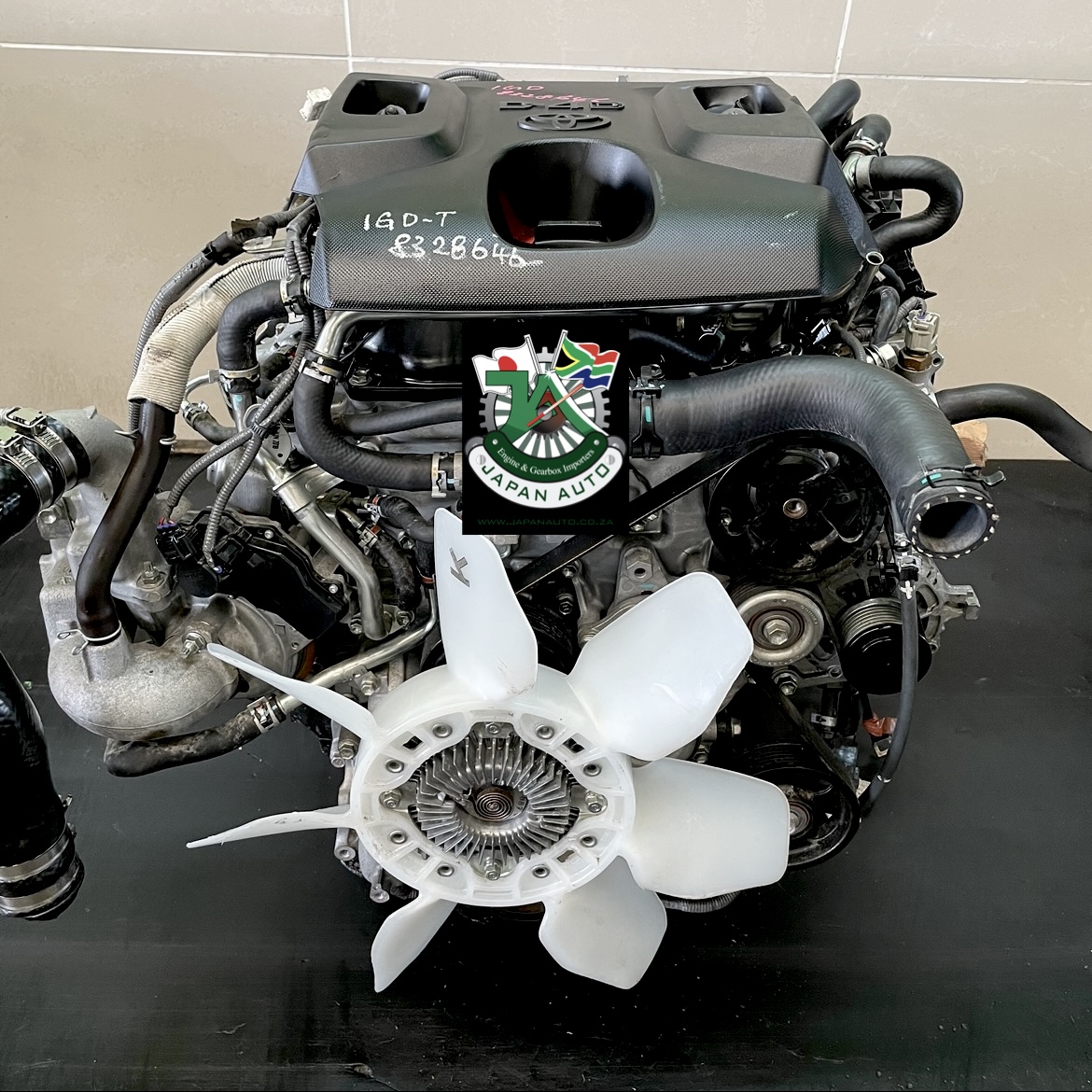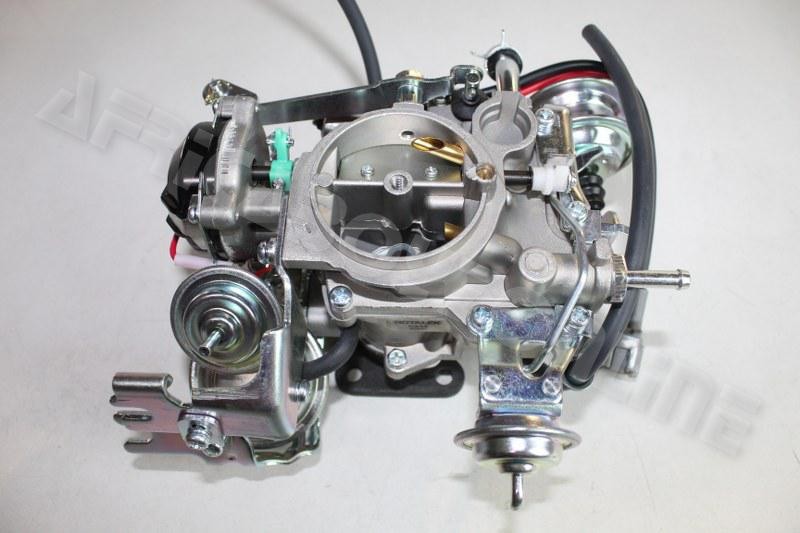Discover the Most Recent Trends in Engine Technology With Tazz
In the quickly progressing landscape of auto innovation, Tazz stands at the leading edge, highlighting significant innovations in engine systems that prioritize both innovation and sustainability. From hybrid engines that enhance fuel performance to the appearance of hydrogen fuel cells, the trends shaping modern powertrains are not only improving efficiency but additionally addressing essential environmental difficulties.
Crossbreed Engine Innovations
Hybrid engine technologies stand for a pivotal shift in automobile modern technology, combining the benefits of internal burning engines with electrical propulsion systems. This combination not only boosts fuel efficiency but also reduces emissions, conference progressively strict environmental policies. By utilizing both power resources, hybrid engines can maximize performance, delivering power when required while preserving gas during much less demanding motoring conditions.
Current innovations in hybrid innovation consist of enhancements in battery performance and regenerative stopping systems. These technologies enable greater power healing during slowdown, which can be redirected to aid in velocity or power auxiliary systems. Additionally, suppliers are concentrating on lightweight products and portable layouts to make best use of the performance of crossbreed powertrains.
The advancement of plug-in crossbreeds has likewise broadened the marketplace, allowing chauffeurs to charge their automobiles using conventional electric outlets. This feature usually permits substantial all-electric range, additional lowering dependancy on typical fuels. tazz. As the automobile market remains to develop, hybrid engine modern technologies are expected to play a crucial role in connecting the gap between traditional automobiles and totally electric models, providing a transitional service that accommodates varied consumer requirements and preferences
Developments in Electric Powertrains
The automobile landscape is quickly progressing, with electrical powertrains emerging as a leading force in lasting transportation. Breakthroughs in electric vehicle (EV) innovation are dramatically enhancing user, performance, and effectiveness experience. Secret developments include renovations in battery chemistry, which have increased power thickness, minimized billing times, and extended general battery life.
Solid-state batteries, for example, assure to reinvent the market by offering better safety and effectiveness contrasted to typical lithium-ion cells. Advancements in regenerative stopping systems are enabling automobiles to recoup power throughout deceleration, adding to general effectiveness.
In addition to battery modern technology, electric motor styles are becoming extra sophisticated. Advancements such as incorporated electric motors and advanced thermal monitoring systems are assisting to optimize power shipment and minimize weight, eventually enhancing car characteristics.

Jointly, these advancements emphasize the commitment to change in the direction of cleaner, a lot more effective transport options, placing electric powertrains at the forefront of auto development.
The Increase of Hydrogen Fuel Cells
Progressively, hydrogen fuel cells are gaining traction as a feasible this hyperlink option to standard interior combustion engines and battery electric lorries. This modern technology utilizes the chemical energy stored in hydrogen, converting it into power via an electrochemical reaction with oxygen. The main by-product of this process is water, making hydrogen gas cells an eco-friendly choice with absolutely no emissions at the tailpipe.

Car manufacturers are increasingly purchasing hydrogen gas cell innovation, recognizing its possibility for long-range applications and fast refueling abilities that rival standard gas. Furthermore, fields such as heavy-duty transport and public transportation are especially fit for hydrogen gas cells, where battery electrical options might fail due to weight and range limitations.
As research study and financial investment proceed to increase, hydrogen gas cells are positioned to play a considerable duty in the future landscape of clean transportation and energy services.
Enhancements in Internal Burning Engines
Developments in inner combustion engine (ICE) technology are changing standard lorries to fulfill contemporary ecological requirements and efficiency assumptions. Straight gas injection, for circumstances, permits for far better atomization of gas, leading to more complete burning and enhanced power outcome.
In addition, turbocharging has actually acquired importance, enabling smaller sized engines to supply higher performance without the weight of larger engines - tazz. This technology not just enhances effectiveness however likewise adds to lower fuel consumption. Variable valve useful reference timing systems are also being improved, allowing engines to adjust to numerous driving problems for boosted torque and responsiveness
Additionally, making use of lightweight materials in engine building is coming to be standard, further improving gas effectiveness by minimizing overall vehicle weight. Engine control units (ECUs) are significantly innovative, allowing real-time modifications that enhance performance and exhausts.
These improvements jointly represent a pivotal change in ICE innovation, lining up with global sustainability goals while still supplying the performance vehicle drivers anticipate from their vehicles. As the market develops, these enhancements remain to shape the future of traditional automobile engineering.
Future Fads in Engine Efficiency
Considerable innovations in engine performance are prepared for as producers concentrate on incorporating sophisticated modern technologies to satisfy rigorous environmental original site policies and consumer demands. The shift towards electrification, hybrid systems, and different fuels is improving the auto landscape, driving technologies that enhance gas economic climate and decrease exhausts.
One of the vital fads is the execution of innovative materials and making strategies. High-strength alloys and lightweight compounds add to reduced car weight, thus enhancing general efficiency. Additionally, the adoption of turbocharging and variable shutoff timing technologies enables for enhanced power output from smaller sized engines, even more boosting gas economic climate.

Conclusion
Advancements in hybrid engine systems, electrical powertrains, and hydrogen fuel cells demonstrate a commitment to reducing emissions while boosting performance. Improvements in inner combustion engines and an emphasis on light-weight products add to general engine effectiveness.
From crossbreed engines that optimize fuel effectiveness to the appearance of hydrogen fuel cells, the trends shaping contemporary powertrains are not only improving efficiency but also addressing essential ecological challenges.Hybrid engine innovations stand for an essential change in automotive innovation, incorporating the advantages of internal combustion engines with electrical propulsion systems.Furthermore, turbocharging has acquired importance, enabling smaller sized engines to deliver greater efficiency without the weight of larger engines. Furthermore, the adoption of turbocharging and variable shutoff timing innovations allows for enhanced power outcome from smaller sized engines, better improving fuel economic situation.
Enhancements in inner burning engines and an emphasis on light-weight materials contribute to general engine performance.